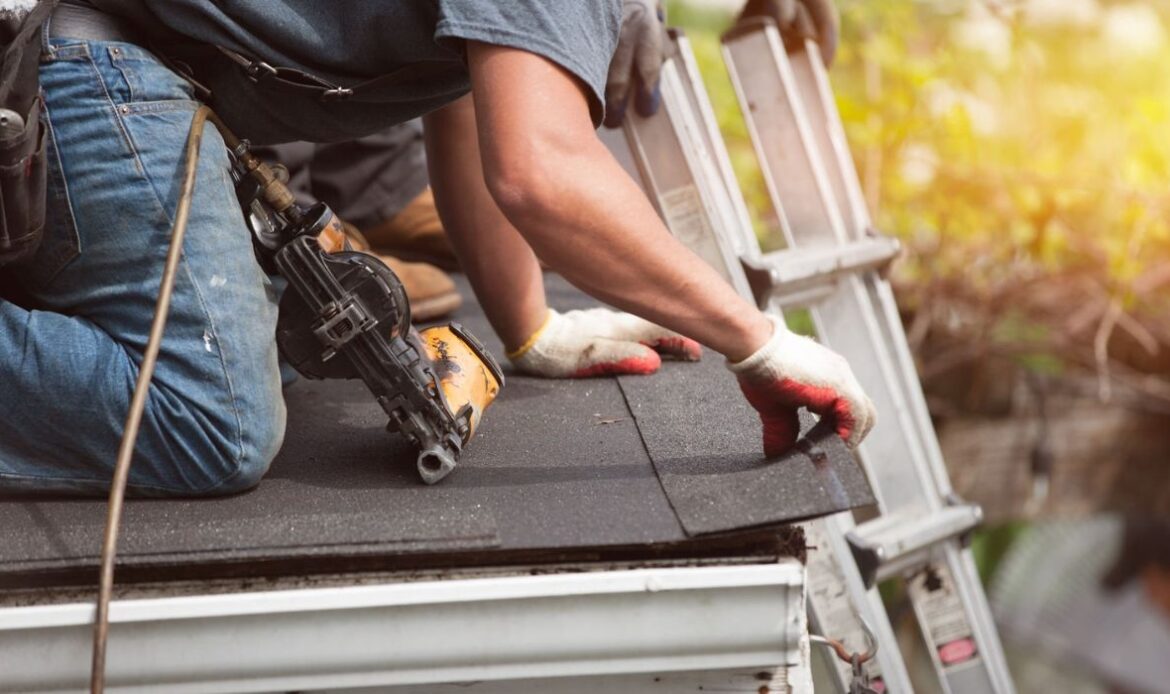A well-maintained roof is essential for protecting your home from the elements and maintaining its structural integrity. However, over time, various roofing problems can arise, compromising the effectiveness and lifespan of your roof. Understanding the most common roofing problems and knowing how to address them promptly can save you from costly repairs and potential structural damage. In this article, we will explore the most common roofing problems homeowners face and provide practical solutions to fix them.
Leaks and Water Damage:
One of the most prevalent roofing problems is leaks, often caused by damaged or deteriorated roofing materials, poor installation, or severe weather conditions. To fix leaks, start by locating the source of the problem. Inspect the roof for missing or damaged shingles, cracked flashing, or worn-out sealant. Replace or repair the affected components and ensure proper sealing to prevent further water damage.
Damaged or Missing Shingles:
Shingles can become damaged or go missing due to age, weather exposure, or improper installation. Inspect your roof for signs of cracked, curled, or blistered shingles, as well as any areas where shingles are completely missing. Replace the damaged or missing shingles promptly to maintain the roof’s integrity and protect against moisture intrusion.
Roof Ventilation Issues:
Inadequate roof ventilation can lead to a host of problems, including excessive heat buildup, moisture accumulation, and premature deterioration of roofing materials. Inspect the ventilation system, including vents, soffits, and ridge vents, to ensure proper airflow. Clean any obstructions and consider installing additional ventilation if necessary to maintain a balanced and efficient airflow.
Roof Flashing Problems:
Flashing, which consists of metal or other durable materials, is used to seal roof transitions, such as where the roof meets chimneys, vents, or skylights. Damaged or improperly installed flashing can cause water penetration and subsequent leaks. Inspect the flashing for signs of deterioration, corrosion, or gaps. Replace any damaged flashing or reseal it using appropriate waterproofing materials.
Accumulated Debris and Clogged Gutters:
Leaves, twigs, and other debris can accumulate on the roof and in gutters over time. This debris can clog gutters and downspouts, impeding proper water drainage and potentially causing water to back up under the roof’s edges. Regularly clean the roof surface and clear debris from gutters to prevent water damage and potential structural issues.
Roof Sagging:
A sagging roof is a serious issue that requires immediate attention. It can be caused by various factors, such as structural damage, excessive weight on the roof, or poor construction. If you notice any sagging or dipping areas on your roof, contact a professional roofing contractor to assess the extent of the damage and determine the appropriate repairs or reinforcements needed.
Roof Blistering:
Blistering occurs when pockets of trapped moisture or air form between the roof layers, causing bubbles or raised areas on the surface. These blisters can eventually lead to leaks and further damage if left unattended. If you notice blistering, consult a roofing professional who can evaluate the extent of the issue and repair or replace the affected roofing materials.
Conclusion:
By understanding the most common roofing problems and knowing how to address them promptly, homeowners can effectively maintain their roofs and prevent costly repairs. Regular inspections, timely repairs, and professional assistance when needed are key to preserving the integrity and longevity of your roof. Stay vigilant, address issues promptly, and consult with roofing professionals to ensure your roof remains in excellent condition for years to come.
